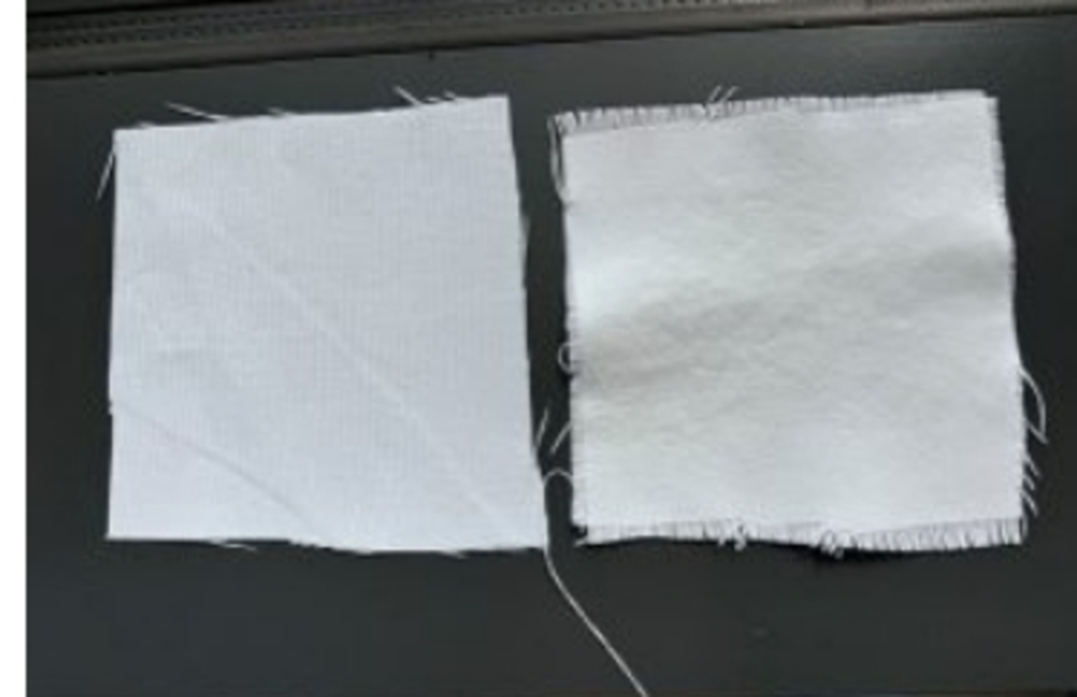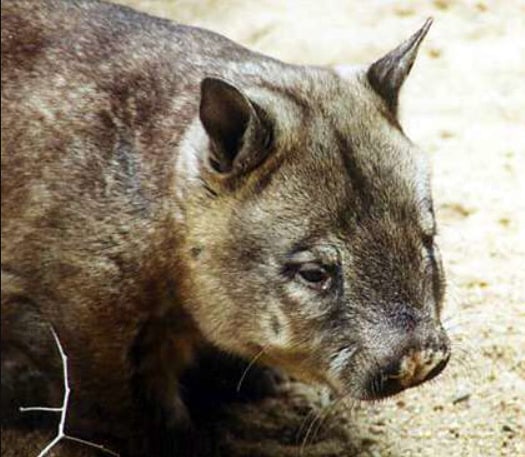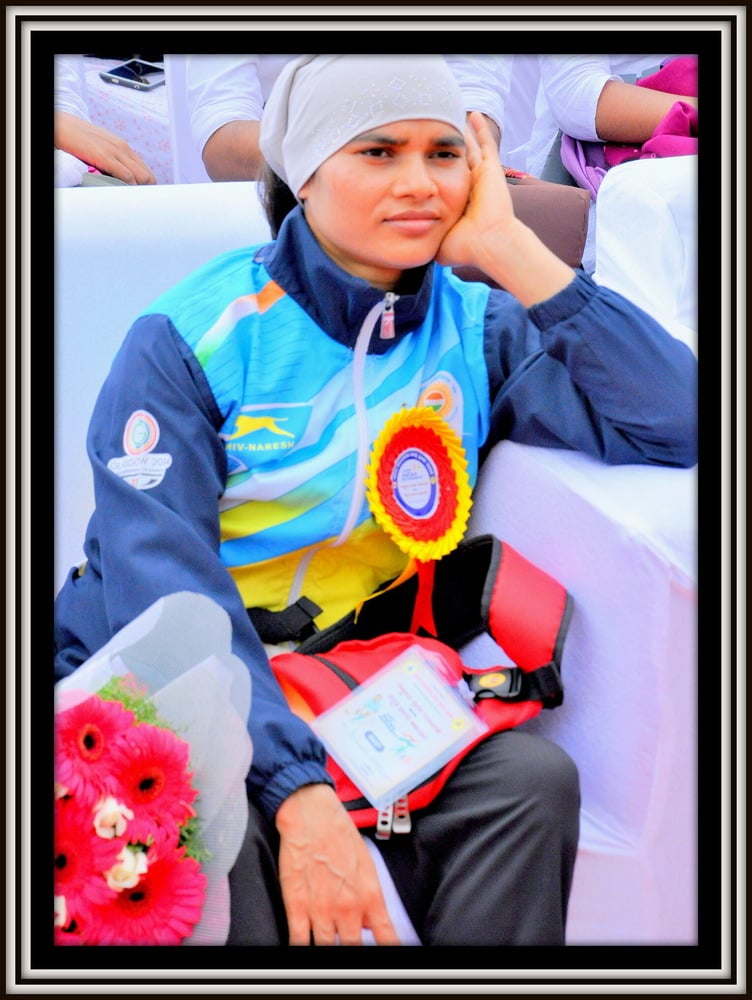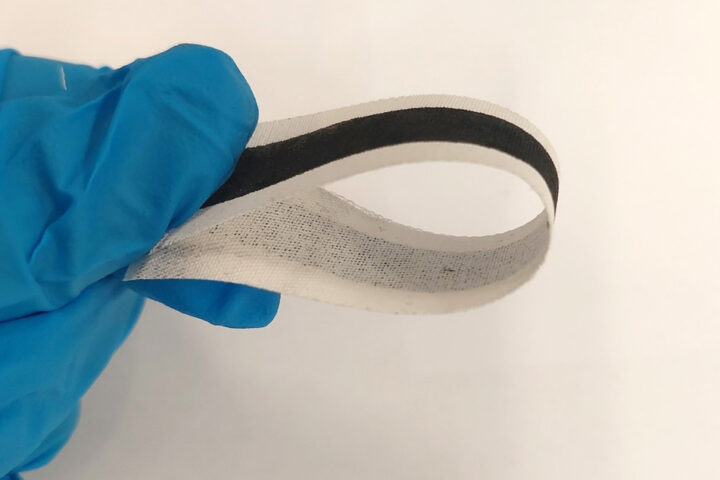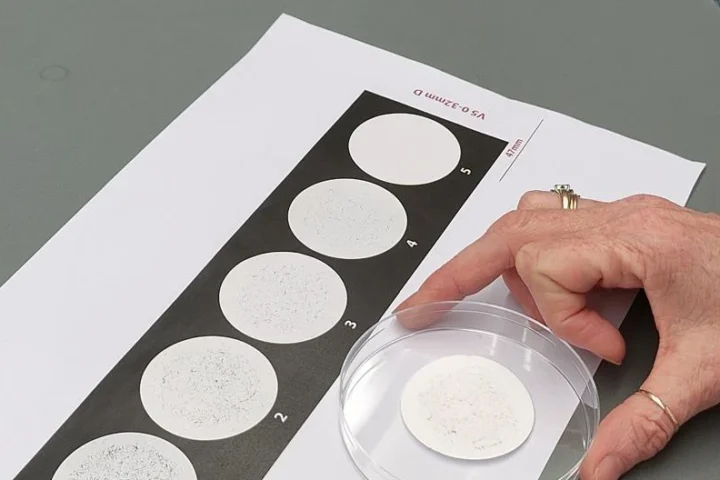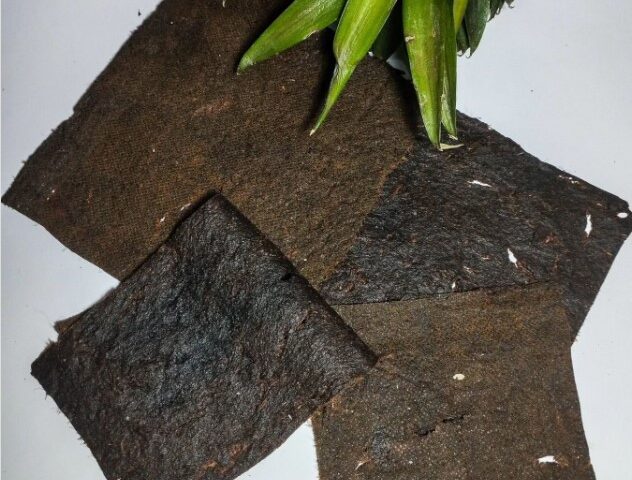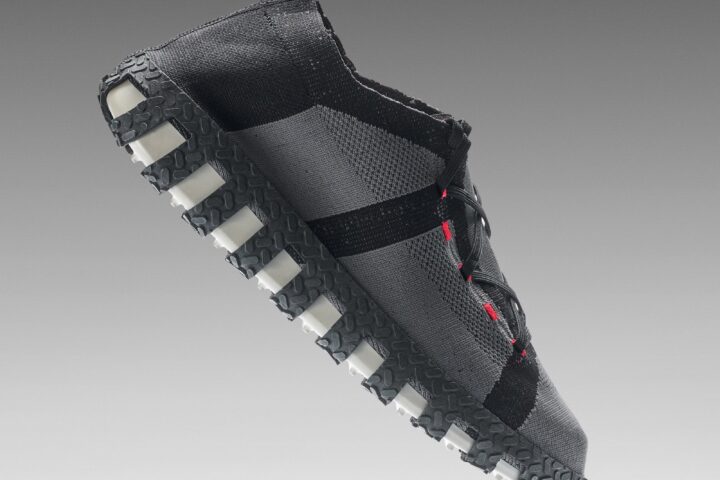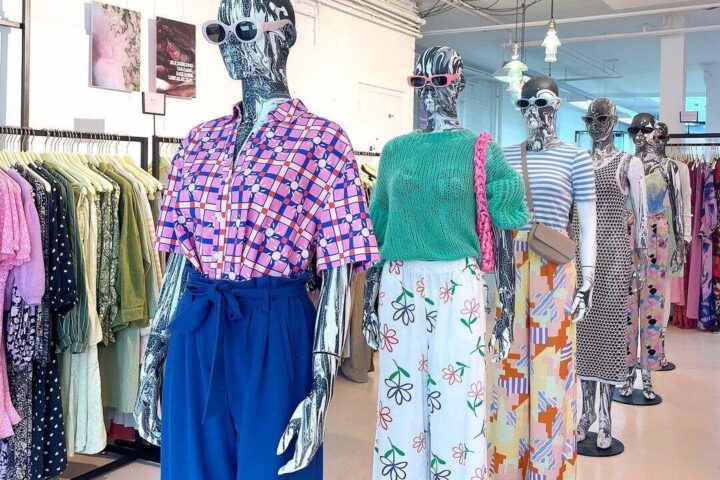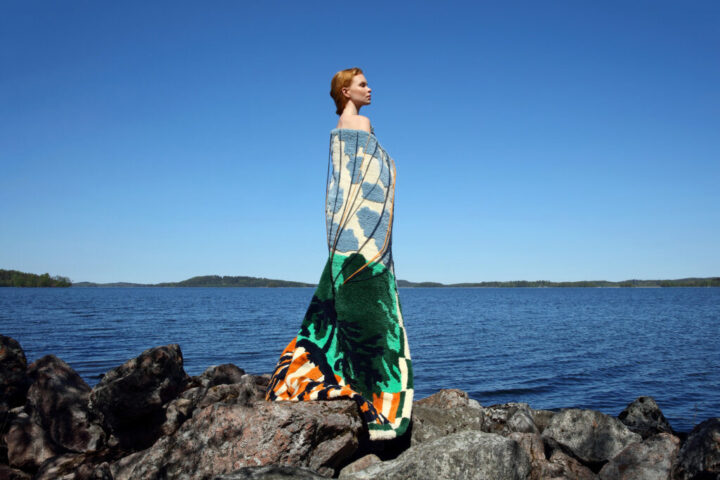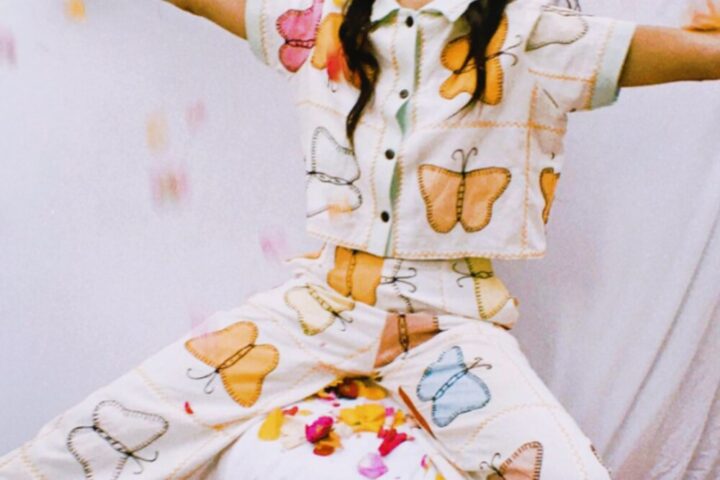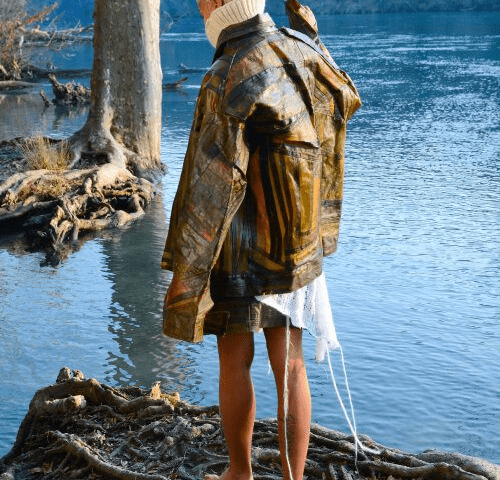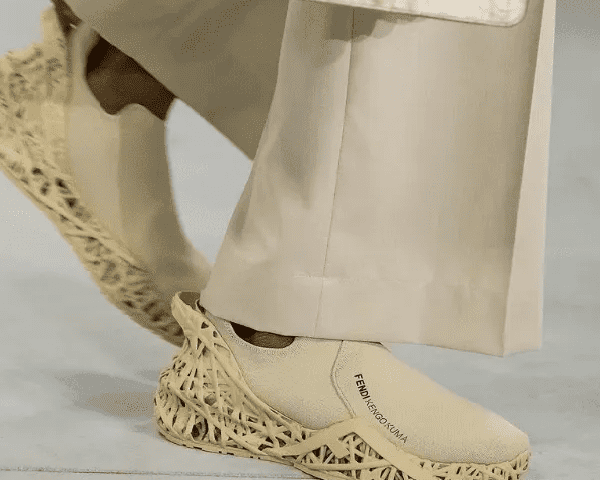Individuals who are outdoors during the hot summer months, such as athletes, landscapers, children playing in parks, or beach visitors, can now take advantage of a newly developed cooling fabric. While there are textiles available that can reflect sunlight or remove heat from the body, certain situations may call for more specialized fibers. In a similar vein, scientists have created a long-lasting fabric coating made from chalk that can lower the air temperature beneath the treated fabric by as much as 8 degrees Fahrenheit.
Evan D. Patamia, a graduate student at the University of Massachusetts Amherst, shared his team’s research at the American Chemical Society (ACS) Fall 2024 conference. The event, which took place from August 18 to 22, was a hybrid of virtual and in-person sessions and included approximately 10,000 presentations covering a range of scientific subjects.
A Sustainable Approach to Cooling Fabrics
The chalk-based fabric coating uses natural materials, such as calcium carbonate (the primary component in chalk and limestone) and barium sulphate to reflect both ultraviolet (UV) and near-infrared (NIR) light. This eco-friendly approach makes it a compelling alternative to traditional cooling fabrics, which often rely on synthetic fibres and harmful PFAS chemicals.
Dr. Trisha L. Andrew, a chemist and materials scientist leading this research, highlights the importance of developing a textile coating that uses environmentally benign materials. Inspired from limestone plasters used historically to cool homes, the researchers successfully adapted the concept to modern textiles.
While some existing cooling fabrics incorporate synthetic particles like titanium dioxide or aluminium oxide, they often come with high production costs and environmental hazards. Andrew’s team has developed a scalable alternative that avoids these complications, providing a sustainable cooling solution.
The Innovative Cooling Mechanism
Researchers have used a chemical vapour deposition (CVD) process which applies a 5-micron thick layer of poly(2-hydroxyethyl acrylate) onto the fabric, creating a surface capable of reflecting light and preventing heat build-up. After which,the fabrics are immersed in solutions containing ions of calcium, barium, carbonate, or sulphate, allowing the formation of reflective mineral crystals directly on the fabric’s surface. By adjusting the number of dipping cycles, the researchers can fine-tune the particle size to optimise the reflection of UV and NIR light, with ideal particle sizes ranging between 1 and 10 microns.
Tests conducted on a sunny day when temperatures exceeded 90 F showed that air beneath the treated fabric was 8 F cooler than the ambient temperature. When compared to untreated fabrics, the difference was even greater, with air under the treated fabric measuring up to 15 F cooler. This substantial cooling effect, noted by Patamia, offers a tangible improvement in comfort, even compared to standing in the shade.
Similar Posts
Durability and Practicality
The durability of the coating was tested through simulated washing processes. Megan K. Yee, another researcher of the project, confirmed that the coating withstands friction and the impact of detergents, maintaining its cooling efficiency even after multiple washes. This durability ensures the coating’s potential as a long-term solution for outdoor fabrics.
“What makes our technique unique is that we can do this on nearly any commercially available fabric and turn it into something that can keep people cool,” explains Patamia. The team is already working to scale up the CVD process, with Dr. Andrew involved in a startup that aims to produce larger rolls of treated fabric, measuring about 5 feet wide and 100 yards long, making the technology ready for pilot-scale production.
Potential Applications in Extreme Heat Environments
As climate change exacerbates extreme heat conditions worldwide, innovations like these can be crucial for reducing energy consumption. The passive cooling properties of the fabric make it particularly useful in regions with unreliable electricity, where air conditioning is either unavailable or too expensive. This fabric could find widespread applications as outdoor workwear, sports apparel, and even everyday clothing, helping people cope with heat waves without relying on energy-intensive technologies.
The coating offers a low-cost, energy-efficient solution for keeping people cool in extremely hot environments. Moreover, its adaptability to existing textiles opens up possibilities for large-scale implementation in industries ranging from fashion to construction. This innovation could prove to be a game-changer in sustainable fashion and textile engineering, providing an effective response to the increasing global demand for environmentally friendly cooling solutions.
Scaling the Future of Cooling Fabrics
The chalk-based cooling fabric presents a breakthrough in both sustainability and technology, offering a cost-effective, durable, and scalable solution to one of the most pressing issues in our warming world. By integrating natural materials with a simple coating process, the research opens up new avenues for sustainable textiles that can provide relief from extreme heat without adding to energy consumption. As this technology moves closer to commercialization, it could have far-reaching impacts on how we design clothing for hot climates and address the challenges posed by climate change.
